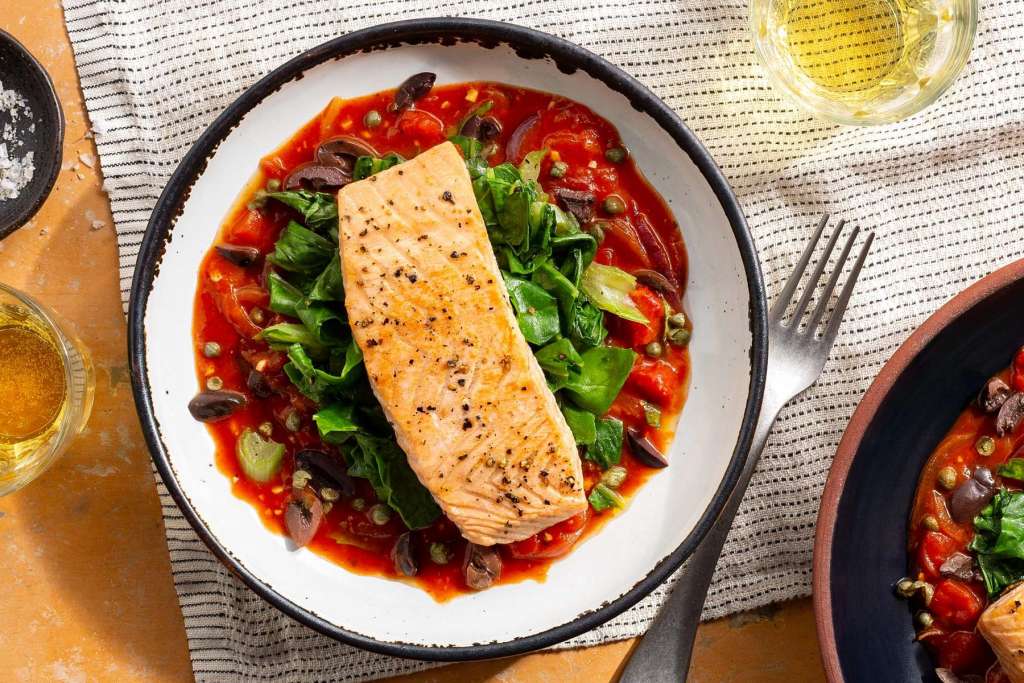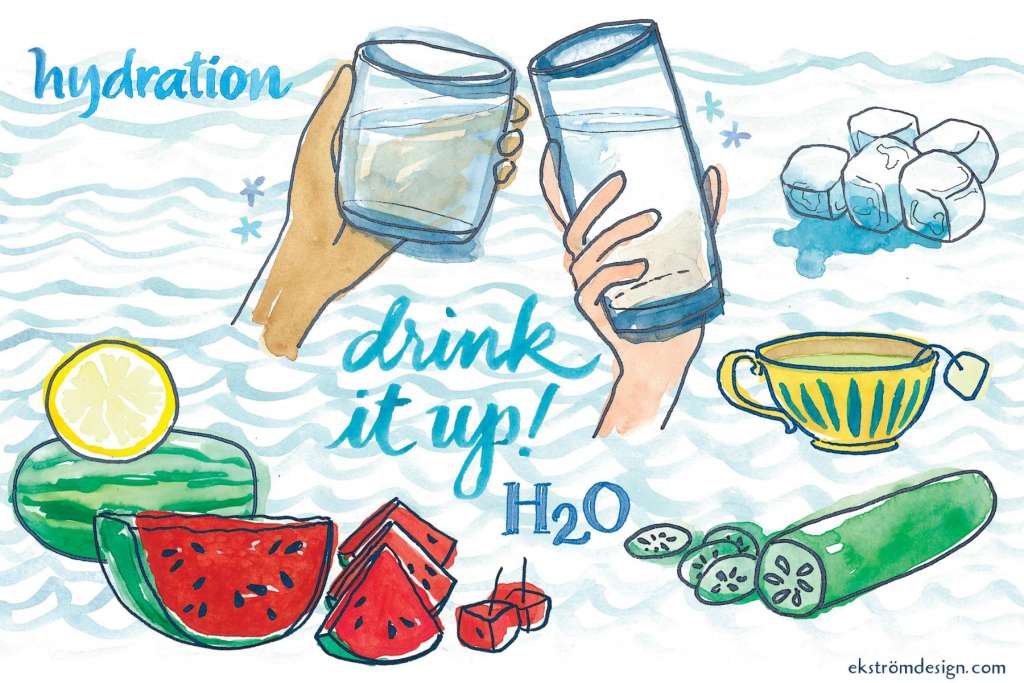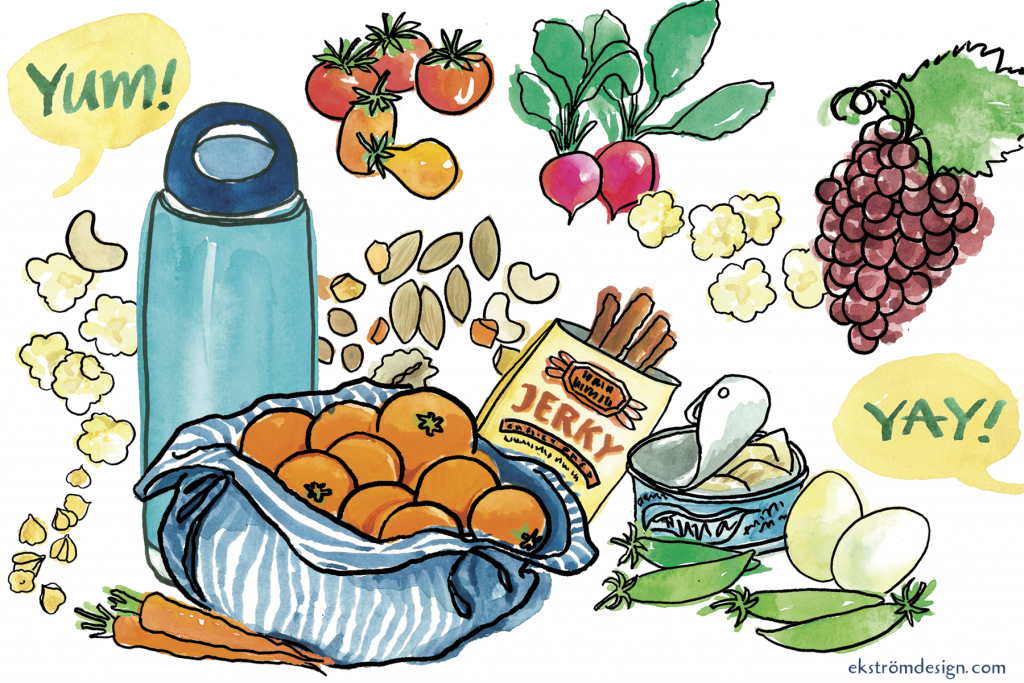How to Build A Better Salad
 Tuna salad, egg salad, chicken salad, pasta salad, bean salad, steak salad, and a good ol’ green salad—you can make a salad out of almost anything. But the fact that the category is open to interpretation isn’t an invitation to throw everything in the refrigerator into a bowl. A good salad requires forethought and balance. Sunbasket‘s Director of Nutrition, Lindsey Kane breaks it down to show you how to make salads that are delicious, satisfying, and nourishing.
Tuna salad, egg salad, chicken salad, pasta salad, bean salad, steak salad, and a good ol’ green salad—you can make a salad out of almost anything. But the fact that the category is open to interpretation isn’t an invitation to throw everything in the refrigerator into a bowl. A good salad requires forethought and balance. Sunbasket‘s Director of Nutrition, Lindsey Kane breaks it down to show you how to make salads that are delicious, satisfying, and nourishing.









